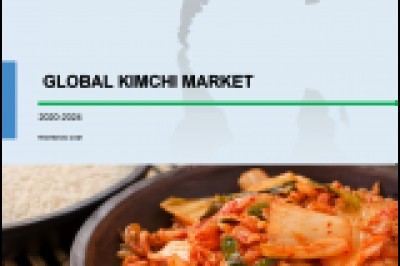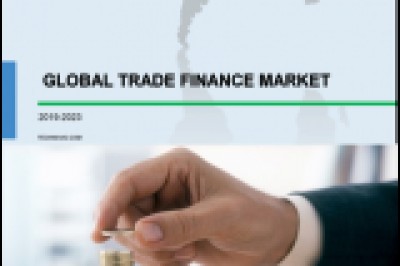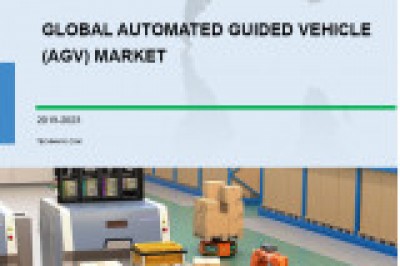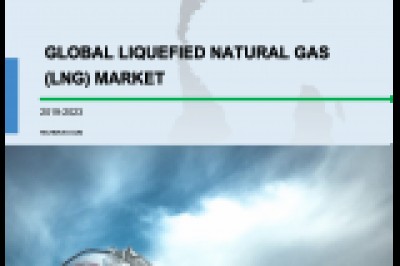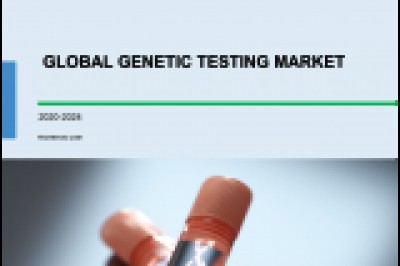The globalanimal feed additives market is expected to post a CAGR of more than 6%during the period 2019-2023, according to the latest market research report byTechnavio. A key factor driving tThe globalanimal feed additives market is expected to post a CAGR of more than 6% duringthe period 2019-2023, according to the latest market research report. Thegrowth of the global animal feed additives market size is the rising diseaseoutbreaks in livestock. Disease outbreaks affect animal health and lead to theloss of livestock, which poses a major challenge to global meat consumption andproduction. Some of the livestock and poultry diseases that have had globalconsequences include foot-and-mouth disease, rinderpest, contagious bovinepleuropneumonia, rift valley fever, swine vesicular disease, avian influenza,and others. As a result, the demand for animal feed additives such as vitamins,antioxidants, enzymes, and probiotics is increasing significantly. The use offood additives prevents disease outbreaks in livestock and improves overallfeed absorption and assimilation. Hence, rising disease outbreaks in livestockwill increase the sale of animal feed additives during the forecast period.
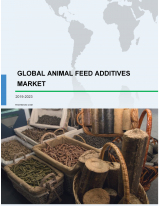
As per Technavio, the increasing demand for natural feedadditives will have a positive impact on the market and contribute to itsgrowth significantly over the forecast period. This global animal feed additivesmarket 2019-2023 research report also analyzes otherimportant trends and market drivers that will affect market growth over2019-2023.
Global Animal feed additives market: Increasing demand fornatural feed additives
Poultry feed generally contains antimicrobial compounds thathelp to promote growth and control diseases. However, the EU banned feed-gradeantibiotic growth promoters due to their cross-resistance and the risk theypose to food safety and public health. As a result, animal feed producers areincreasingly focusing on natural feed additives instead of antibiotics. Thenatural growth enhancers include botanical additives such as suitable blends ofherbs or plant extracts, which are used as feed additives. Hence, the animalfeed additives market is expected to witness a high demand for natural feedadditives during the forecast period.
“Apart from the increasing demand for natural feed additives,other factors such as the growing number of strategic partnerships andacquisitions, and new product launches will have a significant impact on thegrowth of the animal feed additives market worth during the forecast period,”says a senior analyst at Technavio.
Global Animal feed additives market: Segmentation analysis
This market research report segments the global animal feedadditives market by livestock (poultry, ruminants, swine, aquaculture, andothers) and geographic regions (APAC, Europe, North America, South America, andMEA).
The APAC region led the animal feed additives market in 2018,followed by North America, Europe, South America, and MEA respectively. Theanimal feed additives market growth in APAC can be attributed to the growingdemand for poultry and other meat products. China, India, Japan, and Australiaare some of the key global markets for animal feed additives in the region.
Looking for more information on this market? Request a freesample report
Technavio’s sample reports are free of charge and containmultiple sections of the report such as the market size and forecast, drivers,challenges, trends, and more.
Some of the key topics covered in the report include:
Market Landscape
· Market ecosystem
· Market characteristics
· Market segmentation analysis
Market Sizing
· Market definition
· Market size and forecast
Five Forces Analysis
Market Segmentation
Geographical Segmentation
· Regional comparison
· Key leading countries
Market Drivers
Market Challenges
Market Trends
Vendor Landscape
· Vendors covered
· Vendor classification
· Market positioning of vendors
· Competitive scenario











